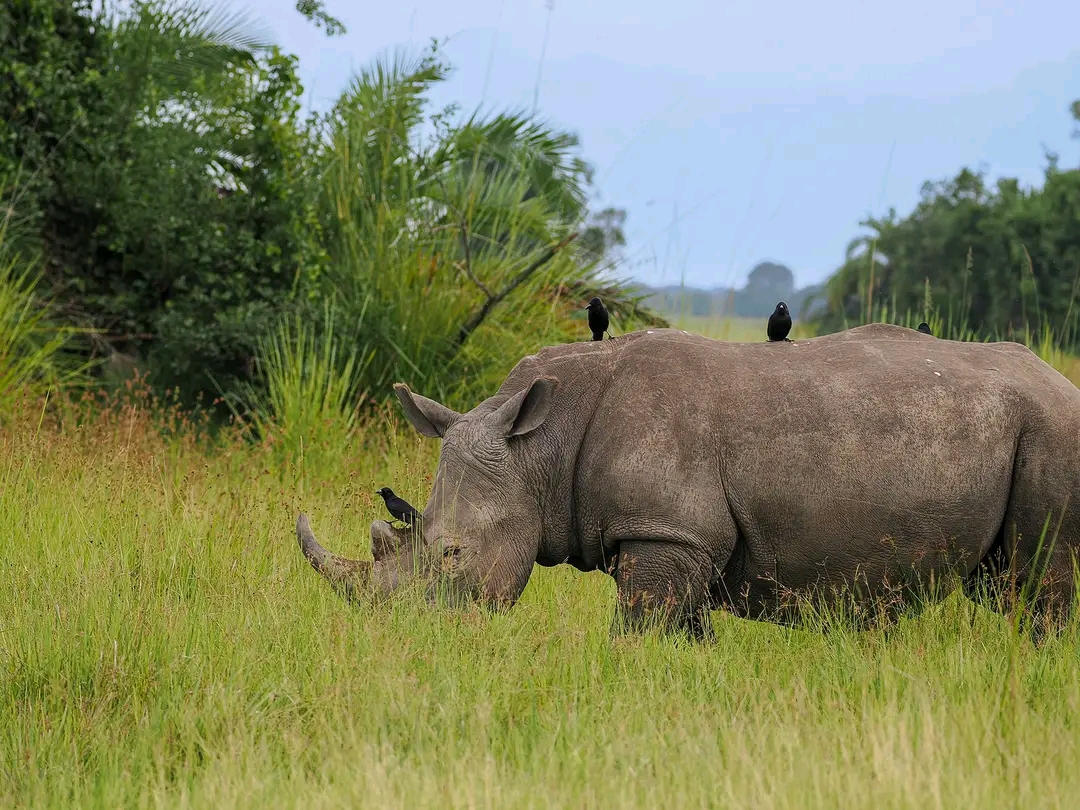
Rhinoceros
Rhinoceros “Guardians of the Savanna”, commonly known as rhinos, are one of the most magnificent and intriguing creatures that roam the Earth today. These majestic giants have captured the fascination of people across cultures and generations. Unfortunately, they are also among the most endangered species, facing significant threats to their survival. This essay explores the unique characteristics, ecological significance, conservation challenges, and the collective responsibility to protect these incredible animals – the rhinos.
Note: The Rhino is a member of the Big 5 game mammals of Africa that include : Lions, African Elephants, Cape Buffaloes, Leopards and Rhinos
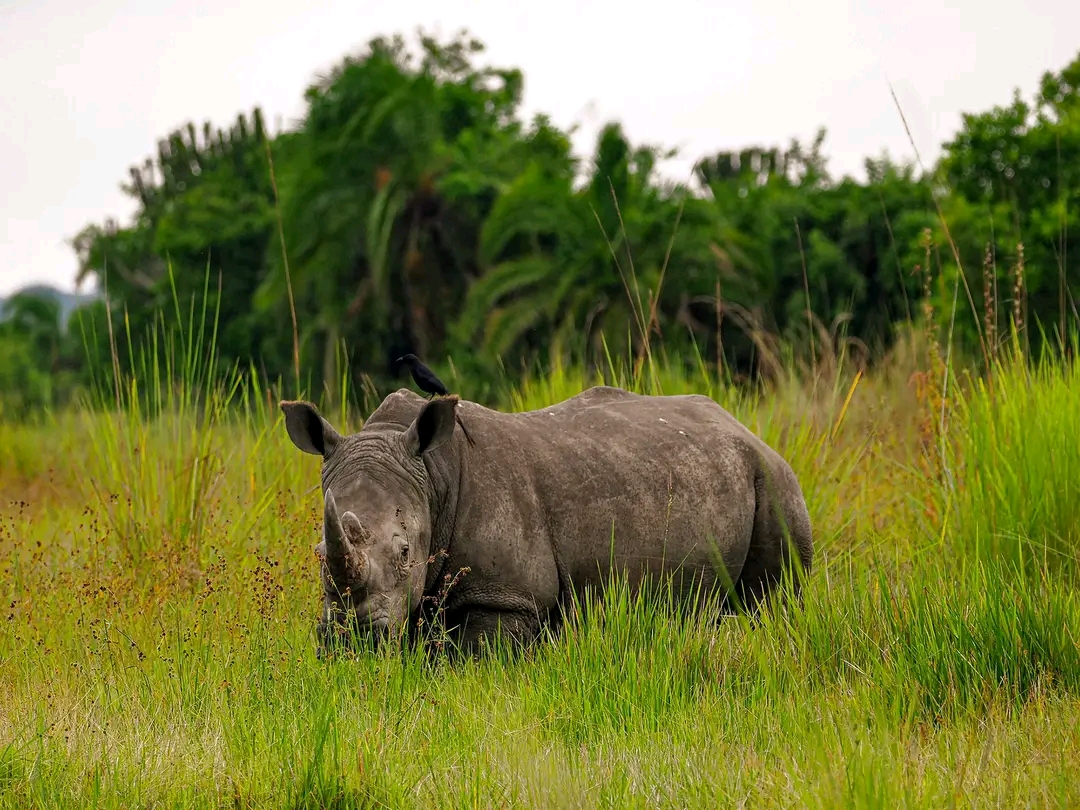
Rhinos – A Diverse Family:
Rhinoceros family consists of five extant species: the White Rhinoceros (Ceratotherium simum), the Black Rhinoceros (Diceros bicornis), the Indian Rhinoceros (Rhinoceros unicornis), the Javan Rhinoceros (Rhinoceros sondaicus), and the Sumatran Rhinoceros (Dicerorhinus sumatrensis). These magnificent creatures differ in size, habitat, and unique physical attributes, but they all share a common charm that evokes a sense of awe and wonder.
Adaptations and Physical Features:
Rhinos boast several adaptations that have allowed them to thrive in their respective habitats. Their most prominent feature, the horn, is actually made of keratin, the same protein found in human hair and nails. These impressive horns have tragically made rhinos prime targets for poachers seeking to profit from the illegal wildlife trade. Beyond their horns, rhinos possess thick, tough skin that acts as a natural armor against potential predators. Additionally, their excellent sense of smell and hearing further enhances their survival instincts.
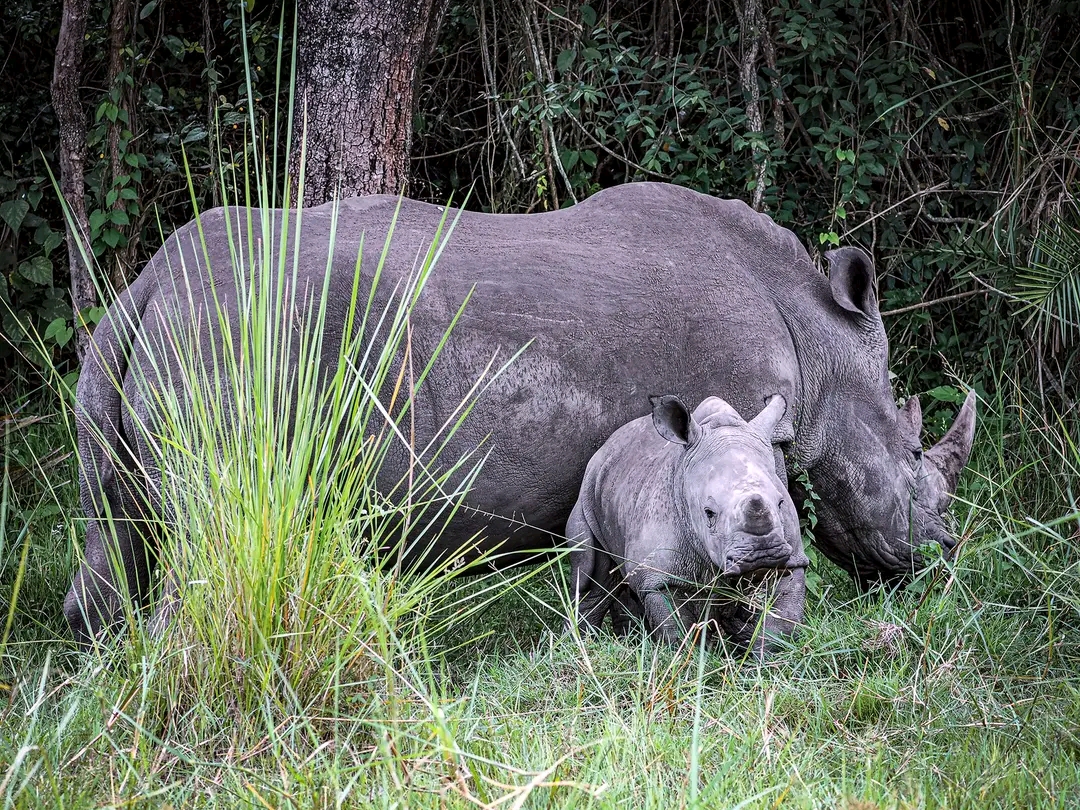
Ecological Significance:
Rhinos play a vital role in their ecosystems. They are herbivores, predominantly grazing on grasses, shrubs, and trees, which helps control vegetation and balance the ecosystem. Their feeding habits contribute to seed dispersal, promoting plant growth and regeneration. As they move through their territories, they create pathways, allowing other smaller animals to follow and access various resources. Their wallowing behavior helps maintain watering holes, benefiting numerous species during dry spells.
Conservation Challenges:
Regrettably, the rapid decline of rhino populations is primarily driven by illegal poaching for their horns. The demand for rhino horns in certain Asian countries for use in traditional medicine and as a status symbol has created a lucrative black market. Additionally, habitat loss due to human encroachment, deforestation, and climate change poses further threats to their survival. Moreover, their relatively slow reproductive rate exacerbates the challenges of replenishing their dwindling numbers.
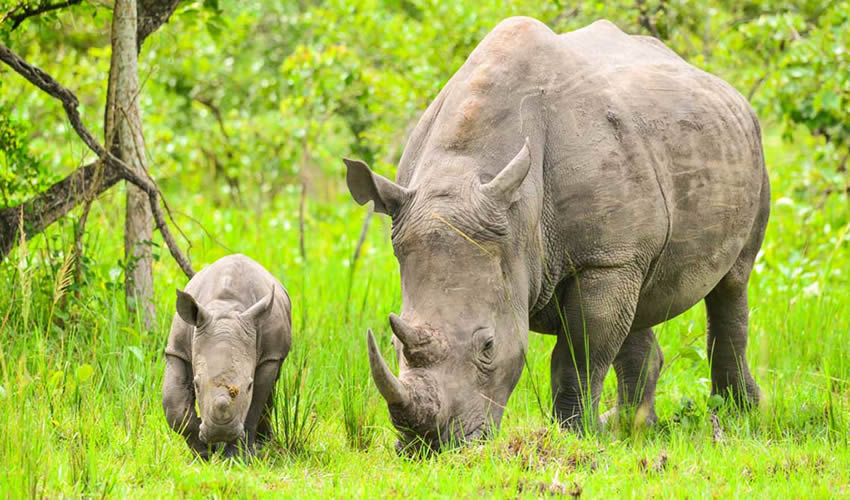
Conservation Efforts:
Numerous conservation organizations, governments, and concerned citizens are working tirelessly to protect rhinos from extinction. Anti-poaching units are deployed in rhino habitats to deter and catch poachers, while awareness campaigns seek to reduce the demand for rhino horns. Furthermore, international collaborations aim to strengthen legislation and crack down on illegal wildlife trade networks. Captive breeding programs have also been established to boost rhino populations and reintroduce them into the wild.
The big 5 on your Uganda safari cannot be in one single reserve ever since the southern white rhino got extinct in the country in the 1980s. However, the rhinos were reintroduced into the country and bred in the Ziwa Rhino Sanctuary where they can be seen during the amazing rhino tracking experience. Then proceed to Murchison Falls National Park to view the rest of the big 5 of Africa
The Role of Communities:
Conservation efforts must extend beyond protected areas and involve local communities. Engaging communities in sustainable practices, providing alternative livelihoods, and raising awareness about the importance of preserving these magnificent creatures are crucial steps in ensuring their long-term survival. Empowering communities to become stewards of their natural heritage creates a vested interest in safeguarding the rhinos and their habitats.
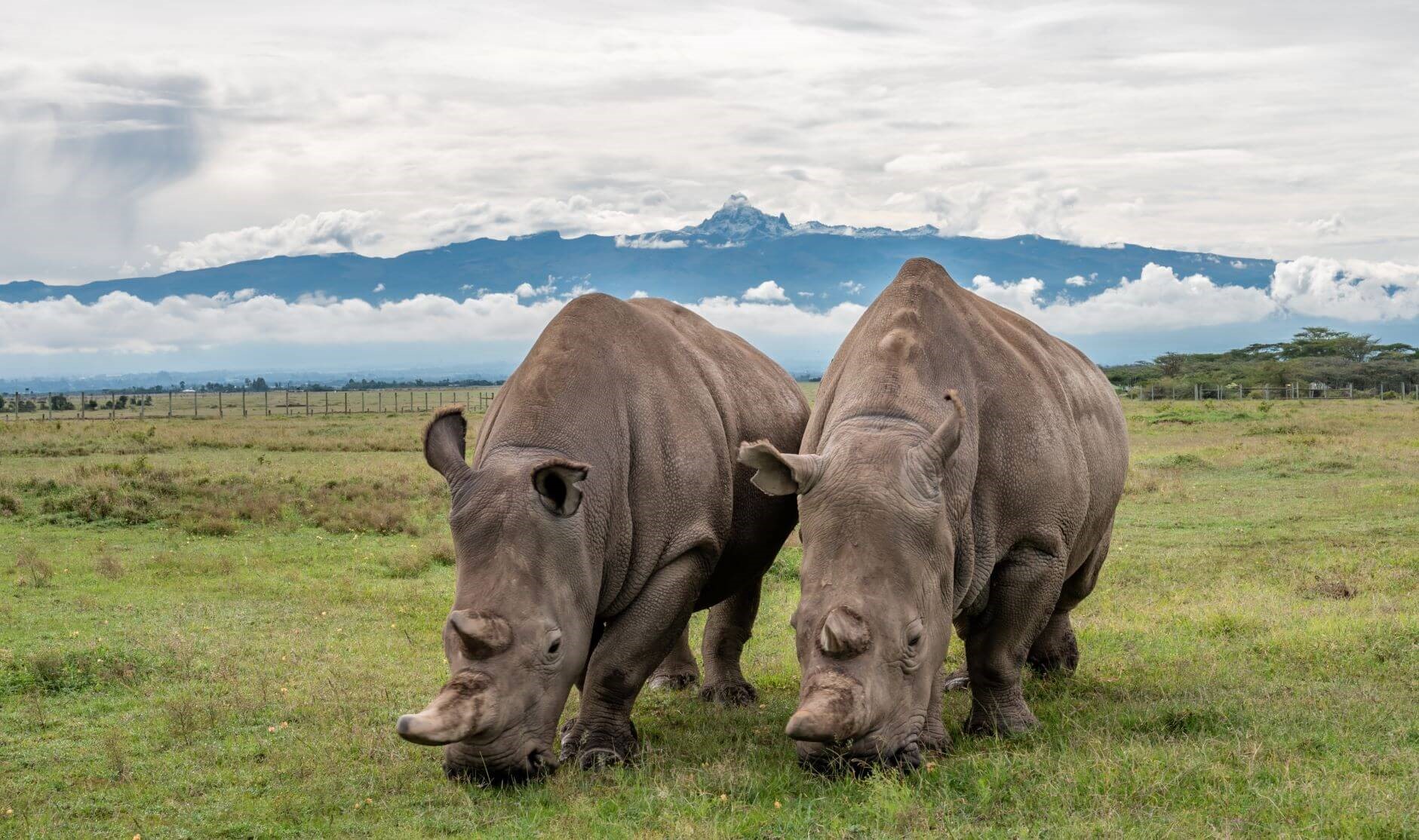
Conclusion:
Rhinoceros, as a symbol of strength and resilience, has captured the hearts of people worldwide. Despite facing numerous challenges, the plight of the rhinos has sparked a global movement to protect these iconic creatures and preserve the diversity of life on Earth. As custodians of this planet, it is our collective responsibility to ensure the survival of the rhinos and other endangered species, so that future generations can continue to marvel at these extraordinary beings that once roamed our savannas and forests. Only through concerted efforts, international collaboration, and community involvement can we secure a brighter future for the remarkable rhinos.






